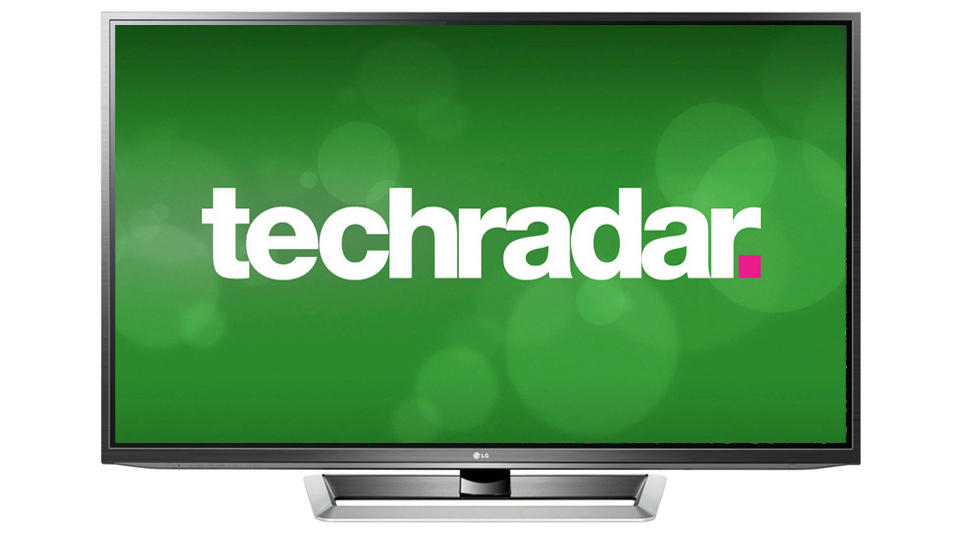TechRadar Verdict
Pros
- +
Excellent user interface
- +
Fast motion handling
- +
SmartShare networking
- +
Great value
Cons
- -
Average contrast
- -
Crowded smart TV platform
- -
3D glasses not included
- -
Poor Freeview EPG
- -
Wired LAN only
Why you can trust TechRadar
Having developed its own passive Cinema 3D system and stuffed its TV ranges largely with Edge LED screens, and even developed a 55-inch, €9,000 (about £7,160/$11,600) OLED television that's due for release before Christmas, you'd be forgiven for thinking that plasma tech is a low priority for LG.
You'd probably be right, but the 50-inch, Full HD and thoroughly feature-packed LG 50PM670T plasma TV represents - at least on paper - an increasingly tempting trend on the part of a handful of TV manufacturers of issuing low-key but huge plasma screens at startlingly low prices.
This 50-inch plasma is unusual in LG's lineup not just because of how the screen technology works, but also because it uses the active shutter 3D system that's been eschewed - and even heavily criticised - by LG itself.
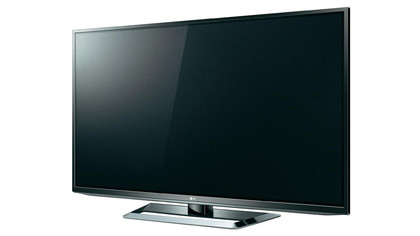
Why so? LG's polarised 3D idea sticks a film-type patterned retarder (FPR) across the front of the screen, which doesn't work as well on plasmas since they pump out a lot less light. With glasses on, too, 3D would be unwatchable. Read our explanation of active shutter vs passive 3D TV technology.
Elsewhere, the LG 50PM670T is a typical example of an all-round living room TV, strapped with an extensive array of smart TV apps and LG's excellent new networking-friendly user interface called SmartShare, plus a Freeview HD tuner and a Full HD resolution.
For a mid-range TV priced at £749.99 (around $1,214), that's not at all a bad haul of features, though the LG 50PM670T does lack Wi-Fi connectivity.
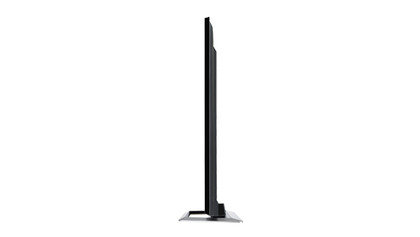
One of the reasons why plasma has lagged behind LED-backlit LCD TVs in the public consciousness is its perceived lack of flatness, though measuring at 53mm at its fattest point, the LG 50PM670T is hardly difficult to live with.
Sign up for breaking news, reviews, opinion, top tech deals, and more.
The TV itself breaks no design frontiers, arriving with a gunmetal grey bezel surrounding the screen. That bezel measures just 18mm in width, though there is a black strip around the screen that adds a further 12mm between the edge of the picture and the edge of the TV itself.
At the bottom of the panel, a slightly wider bezel (24mm) sports a lip that hosts volume, channel changers, an input switch and even a shortcut to the settings menu (in fact all the on-screen menus can be activated and controlled without the need for a remote control - a nice touch indeed), though they're underslung push buttons rather than posh touch-sensitive pads.
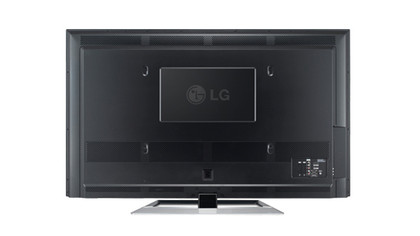
Overall the LG 50PM670T boasts a rather industrial look that's typical of many cheap-ish plasma TVs, which isn't softened much by its slightly unusual, tapered desktop stand that sports a cutout directly in front of the screen. A hollowed out home for a remote control, perhaps?
In the PM670T Series, the 50-inch LG 50PM670T is complemented by the otherwise identical 60-inch 60PM670T, priced at £1199.99 (around $1,943). But there are three serious alternatives to this 50-inch television within LG's lineup of plasma TVs.
LG's flagship 3D plasma TV is the 50-inch LG 50PM970T, which sells for £1,049 (around $1,699) by dint of its adding of an onscreen pointer-style AN-MR300 Magic Remote control, high-end backlight traditional remote control that's useful in a home cinema setting, and picture-centric features. These include TruBlack (another aspect much-needed in a home cinema blackout), much higher contrast, and a brushed metallic chassis.
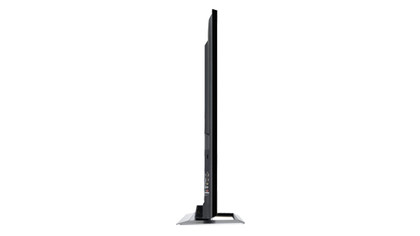
Next - and closest to the LG 50PM670T in terms of spec - comes the 50-inch LG 50PM680T, which is identical in every way save for the addition of a built-in Wi-Fi module. It does come at a premium, but it could be worth seeking out if you can't install the TV near a broadband router. That said, LG does sell the AN-WF100 Wi-Fi dongle for under £30.
Doing away with 3D options and losing one HDMI port, the most basic TV is the LG 50PM470T, which also cuts the pixels down to just an HD-ready resolution, though it retains the smart TV apps and Freeview HD tuner.
If you largely watch broadcast TV (and even high-definition games and Freeview HD channels) and never buy Blu-ray movies, don't write off this £649.99 (around $1,050) option.
HD-ready panels tend to smooth over the video nasties visible on low bit rate Freeview channels, YouTube videos and DVDs, while showing enough detail for most. It's a characteristic that's not often trumpeted by plasma TV makers, but easily noticeable to anyone moving over to plasma from a cheap LCD TV.

Jamie is a freelance tech, travel and space journalist based in the UK. He’s been writing regularly for Techradar since it was launched in 2008 and also writes regularly for Forbes, The Telegraph, the South China Morning Post, Sky & Telescope and the Sky At Night magazine as well as other Future titles T3, Digital Camera World, All About Space and Space.com. He also edits two of his own websites, TravGear.com and WhenIsTheNextEclipse.com that reflect his obsession with travel gear and solar eclipse travel. He is the author of A Stargazing Program For Beginners (Springer, 2015),
